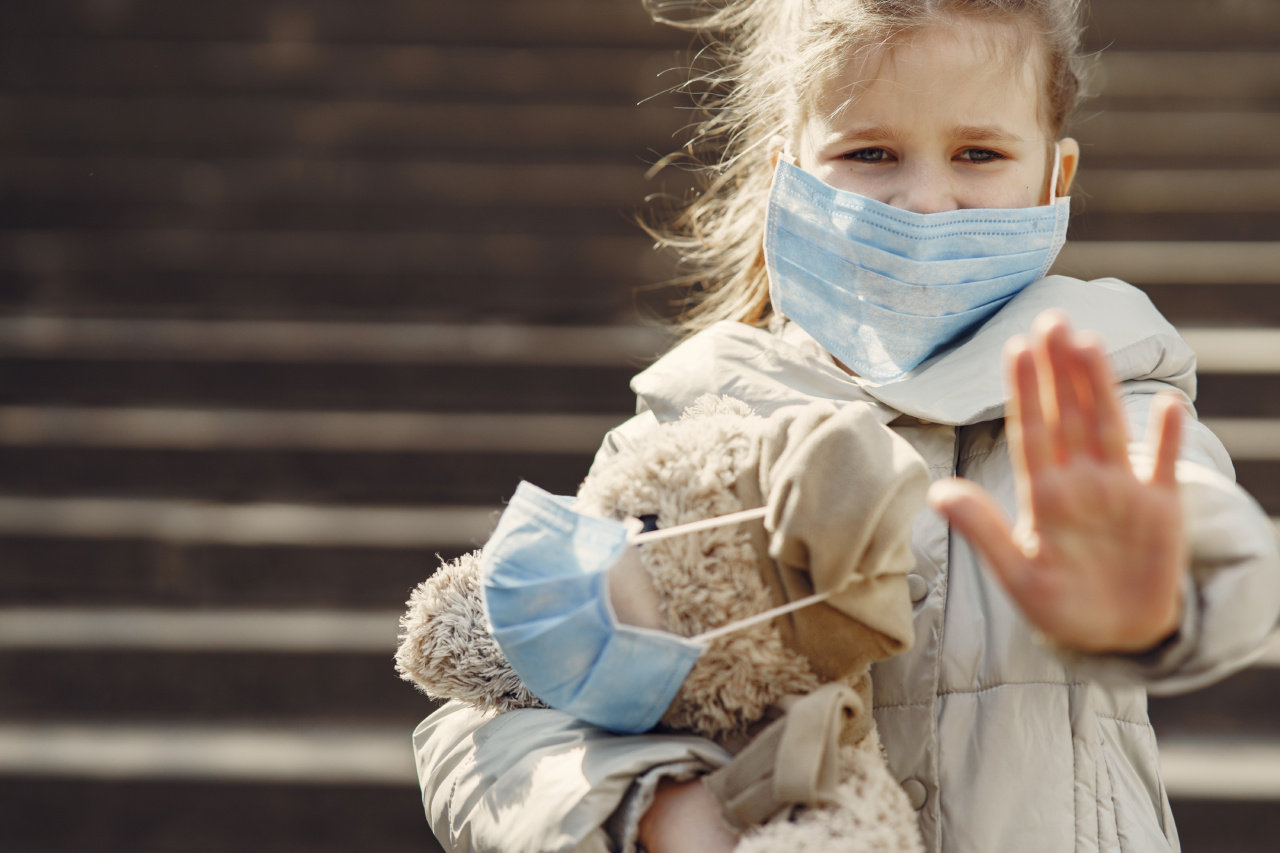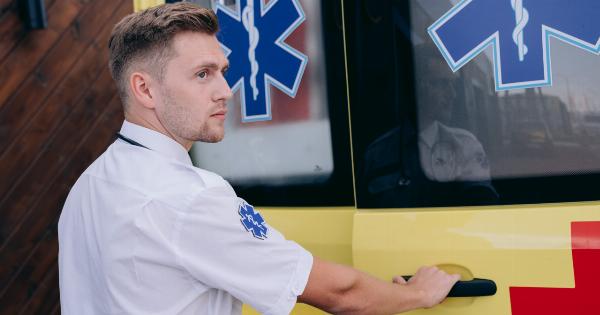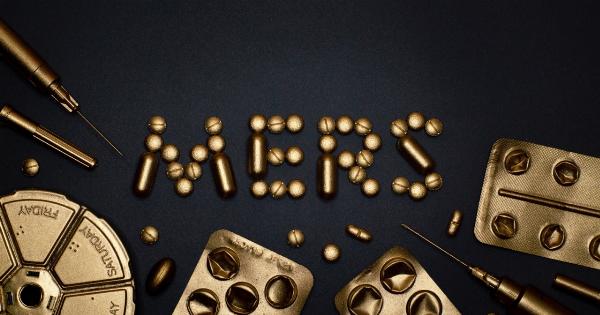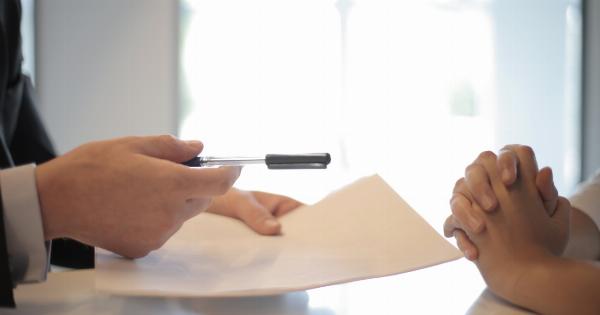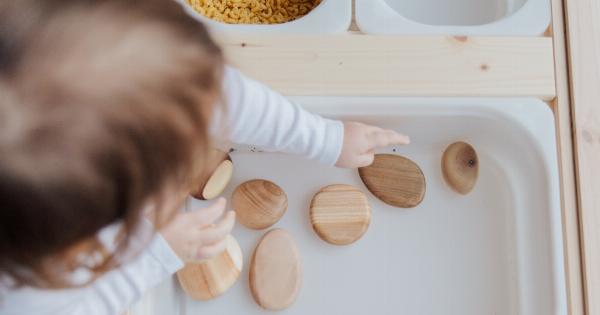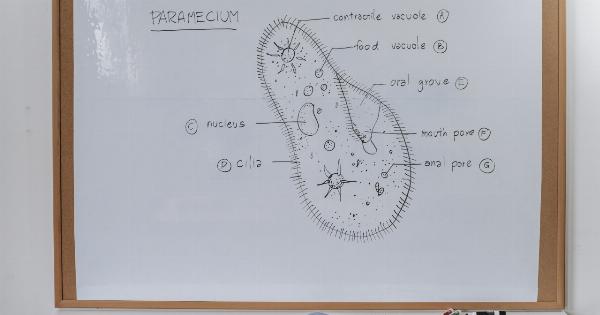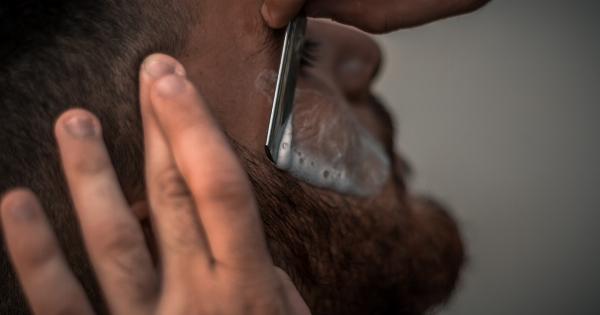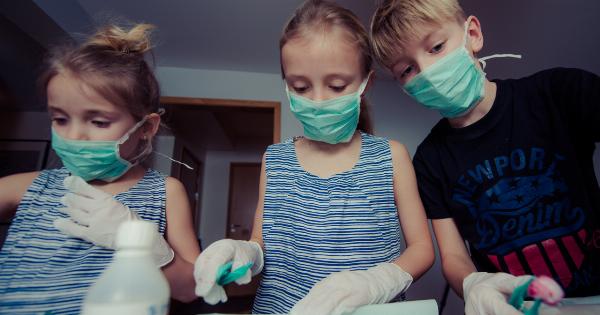Bleeding is a common occurrence when you or someone around you gets injured. Whether it’s a small cut or a deep wound, knowing how to stop bleeding is a crucial first aid skill that everyone should learn.
In this article, we will discuss the steps you can take to stop bleeding and ensure the safety and well-being of the injured person.
1. Assess the Situation
The first step in dealing with bleeding is to assess the situation calmly. Determine the severity of the bleeding and whether it requires immediate medical attention.
If the bleeding is severe or arterial, it could be life-threatening, and you should call for emergency medical assistance right away.
2. Wash Your Hands
Before providing any first aid, make sure to wash your hands thoroughly with soap and water. This helps minimize the risk of infection and ensures a clean environment for the injured person.
3. Apply Pressure
The most effective way to stop bleeding is by applying direct pressure to the wound. Use a clean cloth, towel, or gauze pad and press firmly on the bleeding area.
Maintain consistent pressure for at least 5-10 minutes without lifting it, as this allows the blood to clot and stem the flow.
4. Elevate the Injured Area
If possible, elevate the injured limb above the level of the heart. By doing so, you can help reduce blood flow to the area and slow down the bleeding. Elevating the injured area is especially useful for bleeding in the extremities, such as arms or legs.
5. Apply a Tourniquet
In some cases, when bleeding cannot be controlled by direct pressure alone, you may need to use a tourniquet. A tourniquet is a tight band that is tied around the limb between the injury and the heart to decrease blood flow.
Use a fabric strip or a belt and tie it firmly above the bleeding site. However, tourniquets should only be used as a last resort when bleeding is life-threatening and cannot be controlled by other means.
6. Clean and Bandage the Wound
Once bleeding is under control, it is important to clean the wound to prevent infection. Rinse the wound gently with clean water or a saline solution if available. Use mild soap to clean around the wound, but avoid getting soap inside it.
Pat the wound dry with a sterile gauze pad and cover it with an adhesive bandage or sterile dressing. Change the dressing regularly to promote healing and prevent infection.
7. Maintain Pressure
After applying a bandage, make sure to maintain pressure on the wound. If the bleeding seeps through the bandage, apply additional layers of gauze or cloth to form a thicker pad and continue applying pressure.
Remember, consistent pressure is crucial for stopping bleeding.
8. Seek Medical Attention
While you can handle minor cuts and wounds at home, seeking medical attention is advisable for severe or deep wounds, wounds with jagged edges, or wounds caused by animal bites.
Additionally, consult a healthcare professional if the bleeding persists or shows signs of infection, such as increased pain, redness, or swelling.
9. Be Mindful of Bloodborne Pathogens
When dealing with someone else’s bleeding, it is important to protect yourself from potential bloodborne pathogens. Use disposable gloves or any barrier method available to prevent contact with the person’s blood.
If gloves are not available, use a plastic bag or any other material to create a barrier between your skin and the blood.
10. Stay Calm and Reassure the Injured Person
In moments of distress, staying calm is essential. Reassure the injured person that help is on the way, or you are doing everything you can to provide the necessary first aid.
Your calmness and reassurance can help alleviate their anxiety and promote a sense of safety.
